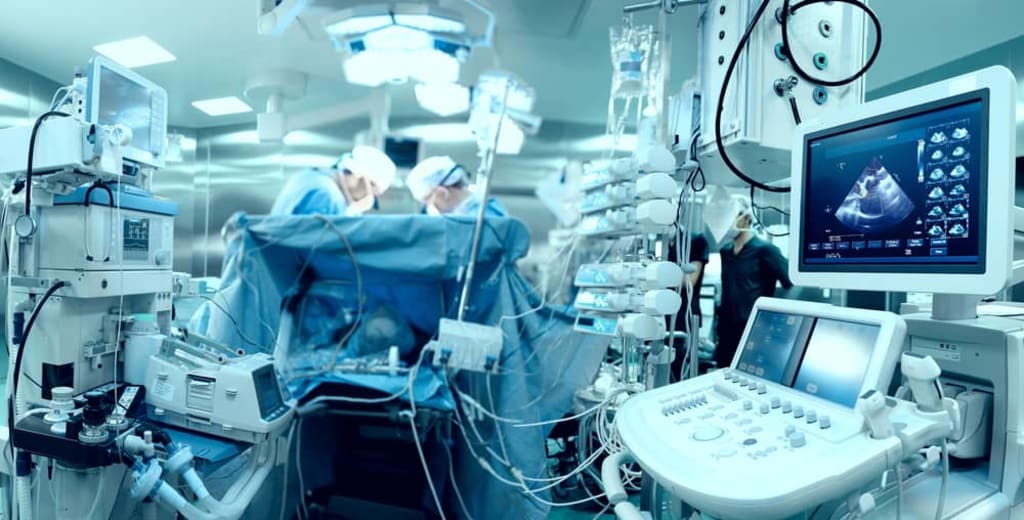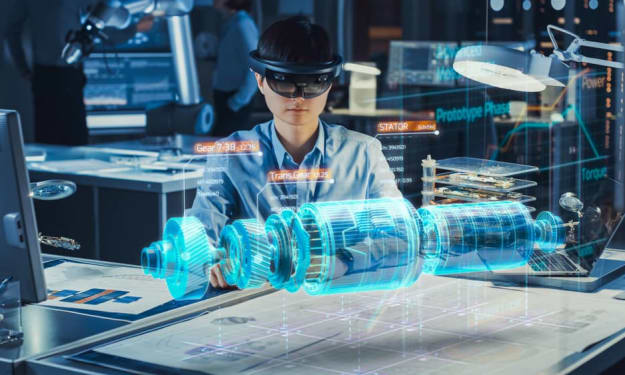Cybersecurity: How to deal with the Cyber-Physical Security Challenges in Critical Infrastructure and Healthcare
Cybersecurity: How to deal with the Cyber-Physical Security Challenges in Critical Infrastructure and Healthcare

Cybersecurity has been always important after the rise of cybercriminals. Cyber attacks are increasing with the growing penetration of the internet and technology in every field of the world. Today we are going to see the most targeted industries by cybercriminals in the world. We will also learn how to cope with cyber threats in these vulnerable industries. So, keep reading this article.
If we talk about the industries that are always on top to grab cyber threats are critical infrastructure and healthcare. These two industries are prone to be attacked by cybercriminals. The critical infrastructure industry is the one that leads a country through multiple things like power, water, transport, communication grids, and more. On the other hand, the healthcare industry takes care of the country by providing all kinds of medical facilities and arrangements. And if these industries are targeted by hackers, you can’t imagine the destruction that will happen at the mass level.
Further, cybercriminals often target the critical infrastructure and the healthcare industries because they are involved in an extensive use of cyber-physical systems. Wait. Do you know what cyber-physical systems are? Let me explain it first. The computer-controlled machines employed in hospitals come under cyber-physical systems. This is the system of connecting two different environments. Digitally monitored physical machines provide results with accuracy, speed, and consistency. However, they are prone to cybersecurity risks.
Understanding the cyber-physical threats to healthcare
Technological advancements have made the healthcare industry more equipped and effective. But with the digital penetration in the physical systems, the lives of hospital machines are at risk. Moreover, let’s look at the cyber-physical systems that can be compromised through cyberattacks.
Surgical devices: A variety of surgical devices are used in the healthcare industry. For example, robots are used for surgical operations. But machines like robots are based on technology and they can be compromised. Any cyber attacks on the devices used in the hospital industry can put the life of a patient at risk by stopping working during surgery or any other medical work.
Scanning and imaging devices: Hospital industry also uses scanning and imaging machines for ultrasounds, CAT scans, and more. A bad guy from the cyber world can alter the results by compromising the respective machines.
Patient monitoring: Connected devices are used in hospitals to keep an eye on the patient’s heart rate and oxygen level. If such devices receive attacks, it can be extremely risky for concerned patients. Because a cyber attack can disturb the alerts to nurses.
Personal health devices: Nowadays, you use several personal health monitoring devices like pacemakers, fitness trackers, oximeters, etc. These devices provide you insights into your health without conducting any medical tests. Researchers have found that a cyber compromise to these devices can deliver painful shocks to the individual.
With all these things, it is now clear that the involvement of digital technologies in the healthcare industry is not without risk. That means cybersecurity in the healthcare industry is vital for the safety of patients and their providers.
Understanding the cyber threats to critical infrastructure
As you know the critical infrastructure industry is one of those industries that are always in the eye of cybercriminals. A single cyberattack on this industry can be devastating for all sectors:
Power: Power is one of the vital resources you need to survive. If the power sector is compromised, it will be a huge loss for the country. Here is a live example of Ukraine. It is the country that has received several cyberattacks against its power grid.
Water: We can’t live without water. It gives us life. If a water treatment plant is compromised by cybercriminals, it will be a devastating situation for that country. For example, the attack happened on a water treatment plant in Oldsmar, Florida.
Transportation: 2019 was a challenging year for the critical infrastructure. This year, several ransomware attacks happened in the transportation sector. Such incidents continued in 2020. And on June 27, 2020, a NotPetya malware hit many countries like FedEx. This attack was planned by hackers to create mass destruction in operation resulting in over $10 billion losses.
Nuclear: Once happened the attack of Stuxnet malware. It was the largest cyber attack in history. It was the first virus to go beyond hijacking and destroying the controlled equipment. Iranian centrifuges received the attack of Stuxnet malware.
Fuel: The recent ransomware attack on the Colonial Pipeline stopped the supply of about 45 percent of the fuel that goes to the East Coast of the US. However, the attack was planned to impact the IT infrastructure of the company.
By doing such attacks, cyber actors learned how to target the critical infrastructure. With all these things, cybercriminals are able to perform attacks on critical infrastructure resulting in the loss of millions of dollars.
Practice these cybersecurity rules to deal with cyber-physical risks in healthcare and critical infrastructure
Assess the system: Take a look at the risk assessment unit. Confirm it is running correctly. You need to conduct an effective investigation of the system. By doing so, you will be able to know the key areas that require attention and security enhancements.
Implement the best security practices: The critical infrastructure might have poor management and enforcement in terms of cybersecurity. This industry is related to many government bodies’ cybersecurity systems. Try to adopt the best security practices in order to safeguard the industry.
Take a look at access controls: If healthcare and critical infrastructure industries are not run by the correct management of cyber-physical systems, the industries will be prone to grab cyber attacks. So, it becomes vital to lead these industries with the proper management of digital devices.
Secure systems that are susceptible to attack: Keep an eye on the vulnerable systems. Keep the systems updated with the latest security patches.
Change default passwords: These two industries use different kinds of IoT devices. And these devices are prone to cause password issues. All you have to do is to set a strong and unique password after you employ the device in the industry.
Conclusion
As far as cyber threats to the cyber-physical systems are concerned, it is relatively rare. Cybercriminals mostly steal digital information to plan other digital attacks. But we can’t ignore the fact that cybercriminals are actively looking at critical infrastructure and healthcare industries. So you must secure cyber-physical devices.
About the Creator
Delhi Magazines
Maltwin is a malt based health drink made with an ideal combination of Higher Protein, Higher Vitamins, and Lower Sugar to support the daily nutrition requirements of the human body in today’s fast-paced world.
DelhiMagazines.com






Comments (1)
Thanks for this post. Thanks to this information, you begin to understand what points you should pay attention to in order to avoid problems in healthcare cybersecurity. https://www.cleveroad.com/blog/healthcare-cybersecurity/